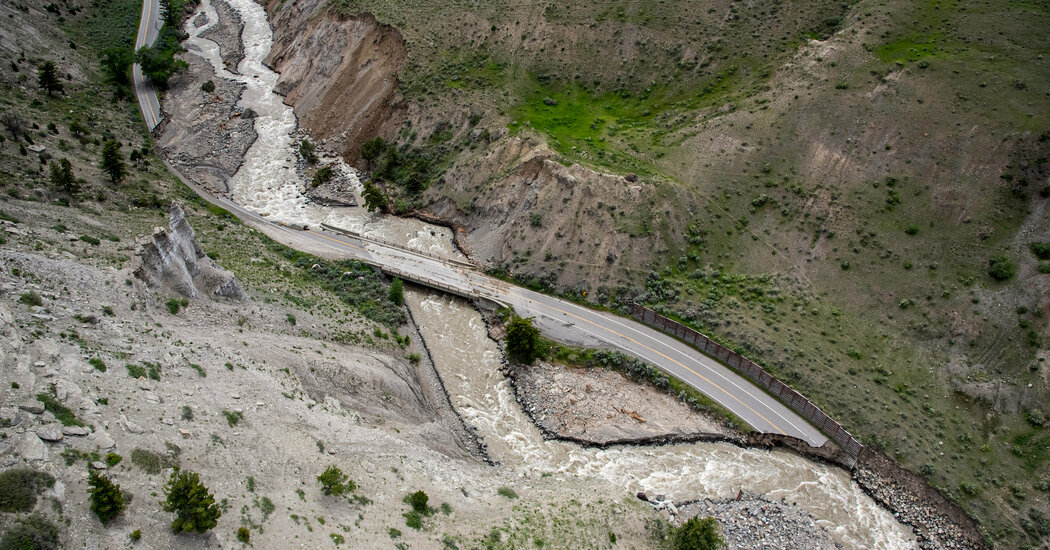Her Son Vanished After a 1980 Run-In With Police. She Wants Answers.

At first, Wanda Cotton searched the water.
She crossed the railroad tracks and scrambled down the banks of the Licking River, calling out the name of her teenage son, Randy, who went to the county fair one night and never came home.
Mrs. Cotton, two inches shy of 5 feet tall and unable to swim, would return covered in mud and scratches. It got so when the neighbors saw her coming, they went inside.
Randy Sellers was missing for weeks, then years, then decades. For Mrs. Cotton, the steep slopes of the river running past her home in Kenton County, Ky. were replaced by even more treacherous terrain: unresolved grief, and unanswered questions about two police officers who were with Randy that night.
He vanished in 1980, the year before the disappearance of 6-year-old Adam Walsh in Florida would change the way America looked at missing children. Adam’s father, John Walsh, became a household name and a beacon for parents like Mrs. Cotton, who felt alone and ignored by the authorities.
Mrs. Cotton met Mr. Walsh and joined an emerging movement of families whose advocacy led to the first databases of missing children, the appearance of lost children’s photos on milk cartons and mailers, and a federal law requiring the F.B.I. to step in if parents asked.
We are having trouble retrieving the article content.
Please enable JavaScript in your browser settings.
Thank you for your patience while we verify access. If you are in Reader mode please exit and log into your Times account, or subscribe for all of The Times.
Thank you for your patience while we verify access.
Already a subscriber? Log in.
Want all of The Times? Subscribe.





